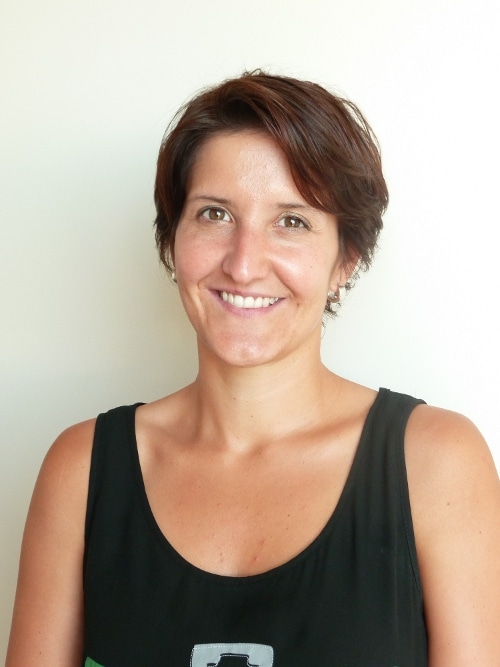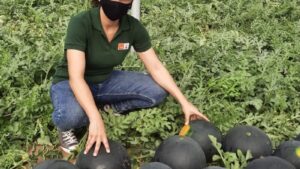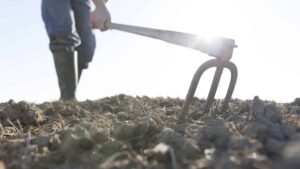According to the most recent data, organic farming covered almost 13.8 million hectares of agricultural land in the EU-27 in 2019 (= 8.5 per cent of the total utilised agricultural area), an increase of 0.5 percentage points from 2018. The increase in organic area between 2012 and 2019 was 46 per cent. The EU Green Deal and its Farm to Fork Strategy, aim that by 2030, 25 per cent of agricultural land is under organic farming, a whopping and seemingly impossible increase. To find out how vegetable seed companies are dealing with this ambitious target, European Seed consulted with experts from several vegetable breeding companies. We sat down with Anne Williams, Global Head of Protected Culture for Bayer Vegetable Seeds; Heleen Bos, Specialist Marketing Organics at Rijk Zwaan; Bram Weijland, Organic program coordinator at Bejo Zaden; Paul Degreef, Head of Business Unit KWS Vegetables B.V., Marcel van Diemen, plant breeder at Vitalis Biologische Zaden BV and Pauline Fargier-Puech, Group Marketing Manager at Gautier Semences.
Organic Activities
By selecting the best suited varieties for organic at the earliest stage possible from Bejo Zaden’s conventional breeding program, the company combines the broad basis of selection that their program offers with the specific requirements for their organic growers. “This is what we have named: ‘breeding for organic’ as an addition to the existing ‘organic breeding’ standards’,” says Weijland.
For more than 20 years, organic has been at the heart of the Research and Development programs of Gautier Semences, which, as a long-standing partner of farmers, supports the organic growing sector.
“We have made the choice, for more than 20 years, to bring our history and our know-how to the organic farmers. In 1998, we obtained ECOCERT certification for the entire seed production process, sorting, storage, and packaging,” says Fargier-Puech.
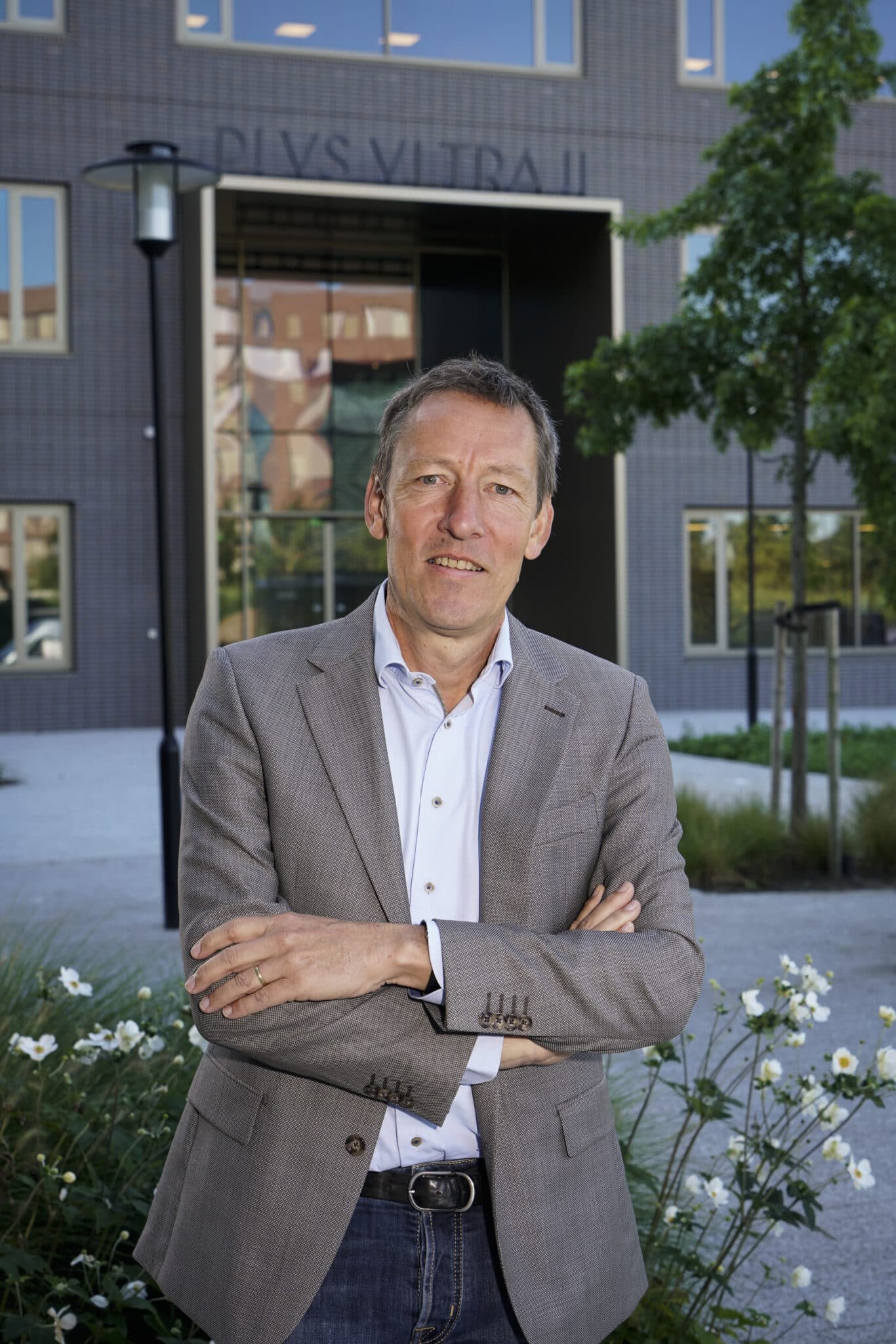
Through its conventional breeding work, Gautier offers varieties which contribute to the reduction of chemical use. All their varieties are evaluated in organic farms to select the most sustainable to this production system. In accordance with organic farming regulations, Gautier Semences varieties are non-GMO. The company proposes more than 70 organic varieties in a wide range of species as tomato, lettuce, squash, pumpkin, melon, eggplant, leek, and French bean. “Our offer is one of the most diversified on the market. And we are proud of our heritage, so we ensure a conservative selection in several species for local varieties,” adds Fargier-Puech.
Rijk Zwaan offers conventional and organic seeds. “Our breeding process is conventional. In an early stage in the breeding phase, we select varieties for organic, by doing trials at organic farms/field. Forty per cent of our assortment can be used by organic growers,” says Bos. The company’s organic assortment is growing, because of increased market (grower & consumer) interest, and it therefore introduced high quality seeds specifically for the organic food market. “All these varieties have in common that they have strong resistances combined with a good yield. And in addition, the organic varieties have been bred for a broad spectrum of local farming situations, attracting consumers, thanks to their distinctive shape, visual appeal and/or flavour,” she adds.
Some examples include:
Aubergine varieties: https://organic.rijkzwaan.com/news/blog/in-the-spotlight-rijk-zwaan-aubergine-varieties-suitable-for-organic-production/
Lettuce varieties: https://organic.rijkzwaan.com/news/blog/in-the-spotlight-the-rijk-zwaan-lettuce-seeds-for-organic-production/
New Delhi resistance in Squash: https://organic.rijkzwaan.com/news/blog/good-news-for-organic-growers-squash-with-new-delhi-resistance/

Bayer has a long history of serving customers who seek to participate in the organics market. “Today, many of our untreated, conventional vegetable seed varieties and biological crop protection products are critical tools for organic growers around the world,” says Williams. The consumer market for organic produce is growing rapidly and globally.
“Some of our best customers are organic growers. As their markets grow and organic standards continue to require increased use of organic seed, we have invested in delivering an organic portfolio to support them,” she adds.
Vitalis’ main breeding activities lie in the open field crops: pumpkin, lettuce, endive, leek, spinach, Fennel, Cauliflower, and several other species. “But our main crop is pumpkin, where we have a large diversity in both species as well as in types,” says van Diemen.
New Breeding Techniques in Organic Breeding
If it were up to Weijland, all permitted breeding methods should be allowed in organic breeding because this fits in a sustainable intensification strategy that is preferred for high potential organic farms. “New Breeding Techniques are increasing the reach of resistance breeding, which has an important role in organic plant breeding,” he says.
[tweetshareinline tweet=”All permitted breeding methods should be allowed in organic breeding because this fits in a sustainable intensification strategy that is preferred for high potential organic farms.” username=”eyJtZDUiOnRydWV9″]
More Attention to EU Organics
“Our company is engaged to develop organic plant breeding programs to provide solutions for the development of more sustainable agriculture and healthy food,” says Fargier-Puech.
She underlines that the COVID crisis has reinforced the will among EU consumers, to consume more organic products. And that organic farming responds to growing societal demands for quality foodstuffs produced according to high standards in terms of the environment, biodiversity and animal welfare.
“This dynamic should continue since the European Commission set the target of 25 per cent of agricultural land in organic farming by 2030 as part of its Green Deal. This mode of production can help ensure the sustainability of food production and consumption, while helping to protect nature and halt ecosystem degradation,” she adds.
“At Vitalis we have the highest-ranking seed quality, and our germination levels are at the highest standards, comparable to the conventional sector” says van Diemen. He underlines that in this way, farmers can be sure that they are getting seeds with the highest germination levels. This shows in the ever-growing number of farmers that keeps coming back for more seeds of his company.
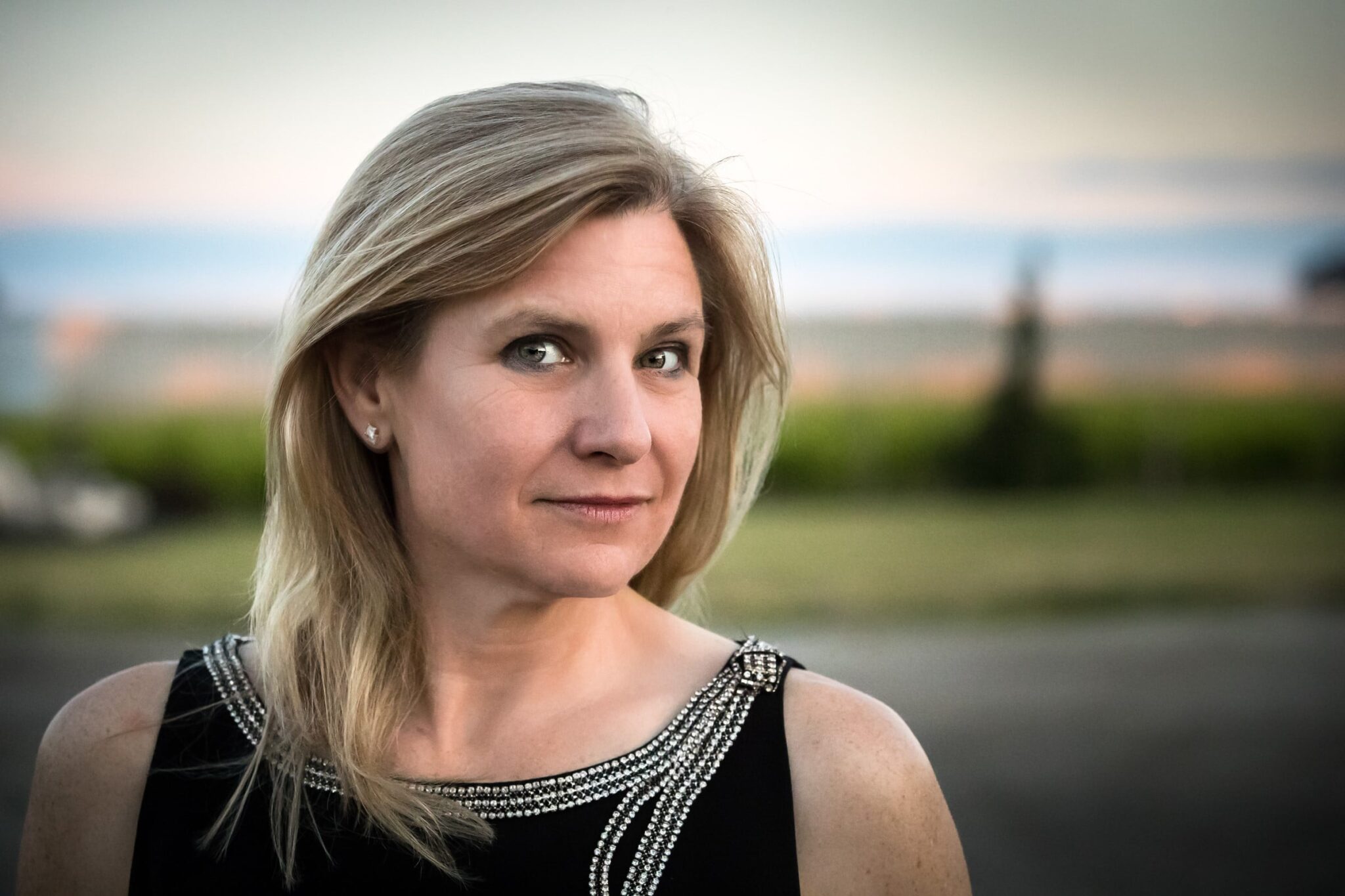
Williams mentions that her company serves growers in the EU and all over the world and believes they should have the freedom to choose the tools or the practices that best suit the needs of their farms and the needs of their customers.
“Across everything we do, we remain committed to being a partner of choice, providing best-in-class varieties and tailored solutions to support our customers and partners in growing healthy businesses and a healthy world,” says Williams.
At Bejo, organic and conventional programs share the same breeding program, such as the selection of parent lines and all the trial crosses. “From the start our breeders include specific organic traits or potential organic variety selections in their conventional program,” says Weijland. Then, at the earliest stage possible the Bejo breeders start selecting for their organic program under organic growing conditions. “We strongly believe that the success of our organic program is tightly linked to the strong cooperation between conventional and organic breeding efforts. Very often the selected ‘organic traits’ are also very welcome for use in conventional farm-systems in the future.”
At Rijk Zwaan, Bos says their “organic vegetable portfolio enables organic growers to profitably capitalise on the growing demand for organic vegetables (at retail and consumer level), with strong, resistant crops that always meets their requirements.”
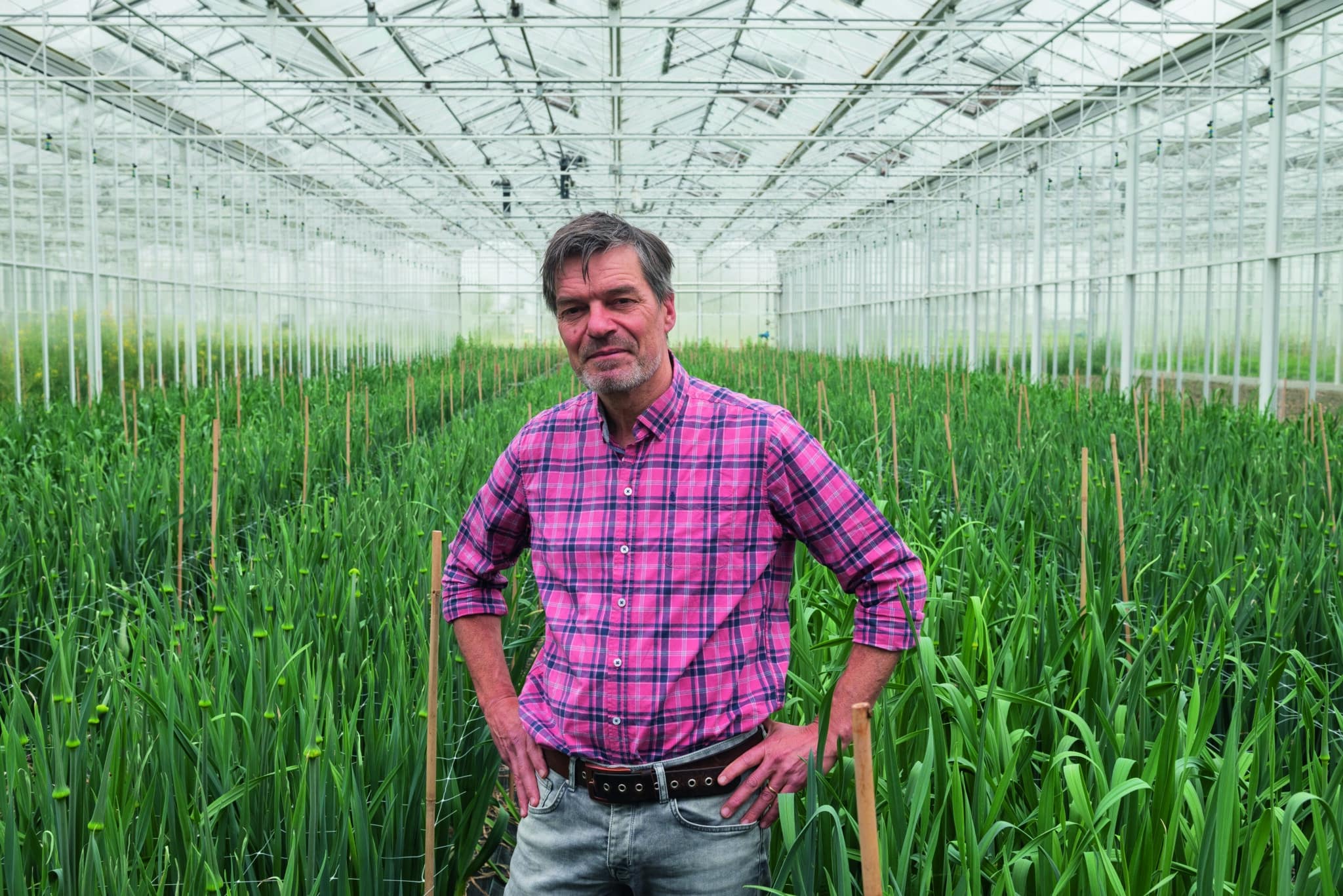
Several of the companies are involved in the EU Horizon 2020 projects on organics. “As a company, we are involved in a few of the Liveseed projects, some involve research in seed quality, others are directed towards the complexity of organic seed introduction,” says Weijland. And adds that they believe that the investments in Liveseed are well spent.
He also feels that EU Regulation 2018/848, which recently came into force (1 January 2021) is a step in the right direction. “Although it is not an improvement in all instances, it does define clear actions and a target for the introduction of organic seed,” he stresses.
Organic Vs Conventional Breeding
Bos indicates that the gap between yield in conventional vs organic varieties is getting smaller, depending on crop and growing circumstances. “And this is thanks to breeding, improved growing methods and more knowledge sharing.”
Van Diemen adds that the organic grower sector is no longer a sector of amateurs. “These are highly technical growers, which use a lot of modern techniques in growing their crops. Just think of tractors with GPS and guidance systems, highly advanced hoeing equipment, drip irrigation. These growers also want and need these high standards,” he adds.
For Weijland, organic varieties are able to reach the yield levels of ‘conventional’ (non-organic) varieties. “Because conventional and organic varieties share the same selection base, we can add specific traits without losing yield potential,” he says.
Vitalis is part of Enza Zaden, and according to van Diemen this combination is a very interesting one, as it combines the best of both worlds. “In Enkhuizen the mother company Enza Zaden is working with state-of-the-art plant breeding technologies. And here at Vitalis we apply the organic approach. There is reciprocal synergy: we are able to use molecular markers, and other high technology procedures in our organic breeding programs. And the conventional breeders can benefit from the knowledge that is generated by our organic breeders,” he says.
For KWS, it is in principle possible that the organic varieties reach the same yield levels as the conventional varieties. “Sometimes, it can take a bit more time, but there are no reasons why this should not be possible,” says Degreef.
[tweetshareinline tweet=”In principle possible that the organic varieties reach the same yield levels as the conventional varieties.” username=”eyJtZDUiOnRydWV9″]
For Fargier-Puech, the issue is clear. “Yes, the vegetable varieties produced in organic farming can be productive with good yield potential. In this range, our company proposes numerous varieties adapted to organic farming and giving very good yield potential, with yield being still one of the key agronomic criteria that we’re looking for in breeding,” she says.
For Williams it’s straightforward. “Our organic customers expect the same high quality of seed they experience in our untreated, conventional De Ruiter and Seminis products. Similarly, they want the same strong agronomics and fruit quality to enable competitive yields and deliver premium products.”
Fast Facts:
- Countries with the highest shares of organic land: Austria, Estonia and Sweden. In each of these countries the organic share was above 20 % of the total agricultural land.
- Around 2 % of the agricultural holdings in the EU-27 were fully organic (i.e. had only organic agricultural land) in 2016, farming 4.2 % of the total utilised agricultural area (UAA).
- Organic farm managers tend to be younger. The share of farm managers under 40 years of age was twice as large for organic farms (21 %) as for non-organic farms (10.5 %).
This was Part 1 of how vegetable breeders are handling the rise in organic varieties. Part 2 will talk about the time it takes to create a new variety, risks for the grower and how best to make investment decisions. Make sure to check it out in the next issue of European Seed.


